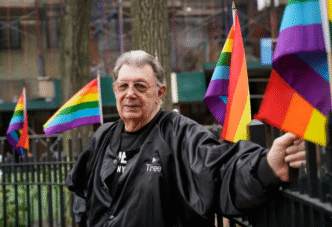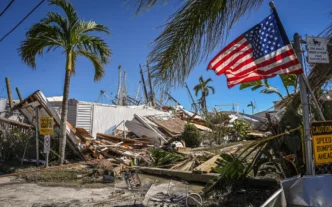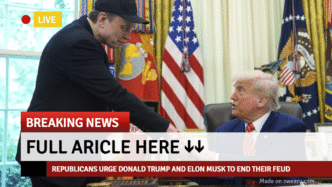In June 2025, the Stonewall National Monument, a pivotal symbol of LGBTQ+ rights in the United States, became the center of controversy following the removal of references to transgender and queer individuals from its official National Park Service (NPS) website. This action aligns with Executive Order 14168, signed by President Donald Trump on January 20, 2025, which mandates the federal government to recognize only a binary understanding of sex and to eliminate materials promoting “gender ideology.”

Background of the Monument
The Stonewall National Monument, located in New York City’s West Village, commemorates the 1969 Stonewall riots—a series of protests by the LGBTQ+ community against police raids at the Stonewall Inn. These events are widely regarded as the catalyst for the modern LGBTQ+ rights movement in the United States. In 2016, President Barack Obama designated the site as the first U.S. national monument dedicated to LGBTQ+ history.
Executive Order 14168 and Its Implications
Executive Order 14168, titled “Defending Women from Gender Ideology Extremism and Restoring Biological Truth to the Federal Government,” directs federal agencies to:
- Recognize gender strictly as male or female, determined at conception.
- Replace the term “gender” with “sex” in all federal materials.
- Cease funding for gender-affirming care and the promotion of “gender ideology.”
- Prohibit the use of gender self-identification on federal documents such as passports.
- Restrict transgender individuals from accessing single-sex, federally funded facilities that align with their gender identity.
These directives have led to the removal of transgender and queer references from various federal platforms, including the NPS website for the Stonewall National Monument.
Community Response and Legal Challenges
The removal has sparked significant backlash from LGBTQ+ advocacy groups and community members. Organizations like the Stonewall Inn Gives Back Initiative have condemned the action, emphasizing the historical significance of transgender activists such as Marsha P. Johnson and Sylvia Rivera in the LGBTQ+ rights movement.
Legal challenges have also emerged in response to Executive Order 14168. Temporary restraining orders have been issued to suspend certain provisions of the order, including the withholding of federal funding for gender-affirming care and the forced transfer of transgender inmates to facilities that do not align with their gender identity.
Conclusion
The alterations to the Stonewall National Monument’s representation and the broader implications of Executive Order 14168 have ignited a national debate on transgender rights and federal recognition. As legal proceedings continue and advocacy groups mobilize, the future of transgender inclusion in federal narratives remains a contentious and evolving issue.




